In the world of exotic superfruits, the riberry stands out for its brilliant color, tart cranberry-like flavor, and rich nutritional profile. This native Australian fruit is increasingly capturing the attention of health-conscious consumers, gourmet chefs, and wellness brands around the globe. But one question remains central to its growing popularity:
Which country is the largest riberry producer in the world?
The answer is simple and definitive: Australia.
In this article, we dive deep into why Australia is the world’s undisputed leader in riberry production, how the fruit is cultivated, its uses, and what makes it such a valuable part of both Indigenous Australian culture and modern agriculture.
What Is Riberry?
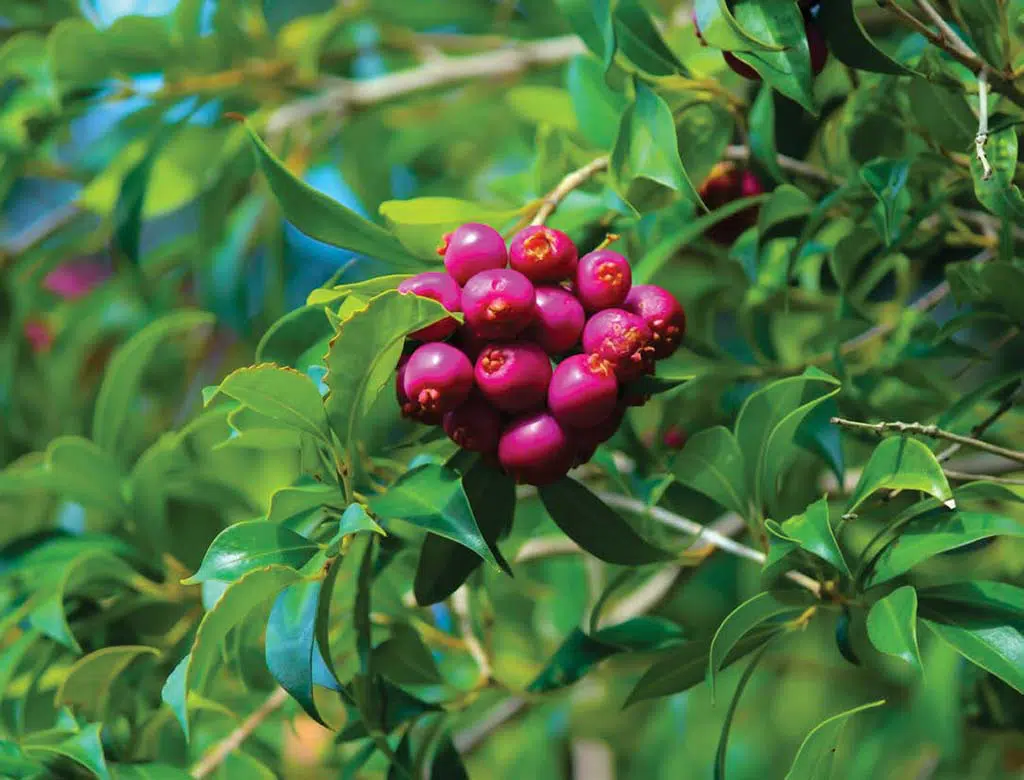
The riberry, also known as lilly pilly, is the fruit of the Syzygium luehmannii tree, an evergreen rainforest plant native to eastern Australia.
Key Characteristics:
- Appearance: Small, oval or elongated red to dark pink fruit, about 1–2 cm long
- Flavor: Tart, spicy, and aromatic with hints of clove and cranberry
- Nutritional Value: High in antioxidants, folate, vitamin E, and calcium
- Cultural Importance: Used for centuries by Aboriginal Australians for food and medicine
Also called clove lilly pilly, riberries grow in abundance along the east coast of Australia and have recently gained global recognition as a bushfood superfruit.
Which Country Is the Largest Riberry Producer?
Australia: The Global Leader in Riberry Production
Australia is not just the largest but currently the only country producing riberries commercially. The fruit is indigenous to Australia, specifically thriving in:
- New South Wales
- Queensland
- Northern Rivers region
- Subtropical rainforests and urban landscapes
Unlike other fruits with global cultivation, riberry’s unique growing requirements, cultural heritage, and limited export of propagation material mean that no other country has managed to cultivate it at scale.
Why Australia Leads in Riberry Production
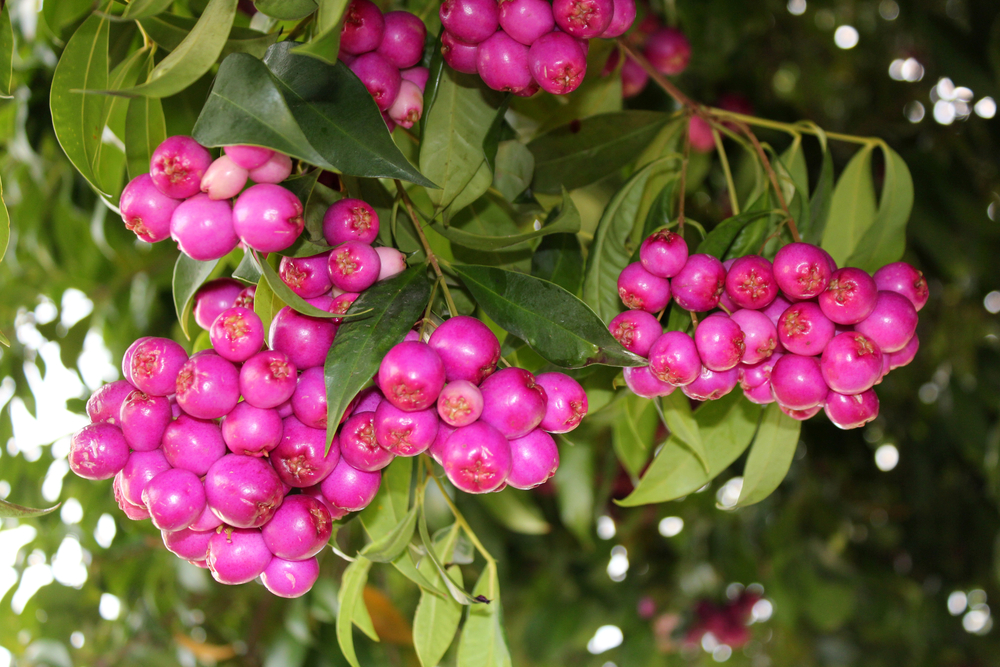
1. Native Origin and Climate Suitability
Riberry trees are native to Australia’s eastern rainforests. They thrive in subtropical conditions, which are found abundantly across southeastern Queensland and northeastern New South Wales.
The species requires:
- Consistent moisture
- Mild winters
- Fertile, well-drained soil
- Partial shade (or well-managed sunlight)
This climatic suitability makes Australia uniquely positioned to grow the fruit naturally and sustainably.
2. Cultural and Historical Roots
Aboriginal Australians have long used riberries as:
- A medicinal remedy for colds and infections
- A food source, eaten fresh or used in sauces and infusions
Their cultural value has helped guide modern cultivation efforts that respect and incorporate traditional knowledge.
3. Bushfood Industry Support
The rise of Australia’s bushfood industry in the last three decades has propelled riberry cultivation into the commercial spotlight. Government grants, Indigenous co-ops, and private entrepreneurs are helping transform native fruits like riberries into global gourmet staples.
Production Overview
While the riberry market is still emerging, Australia’s production is growing steadily:
- Estimated commercial production: 200–300 metric tons/year
- Peak harvest season: November to February
- Cultivated mostly in:
- Northern Rivers (NSW)
- Byron Bay region
- Atherton Tablelands (QLD)
The majority of fruits are grown:
- In small orchards
- On mixed native bushfood farms
- As hedging trees in urban and rural landscapes (used for dual purpose: aesthetics and harvest)
No other country grows riberry commercially, giving Australia a 100% share of the global market.
Varieties and Cultivars
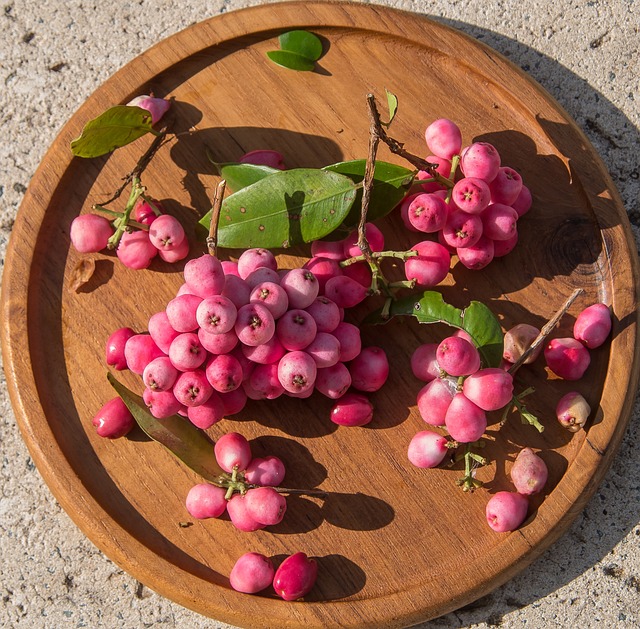
The most commercially important species is:
Syzygium luehmannii
- Grows up to 30 meters in natural rainforest settings
- Compact cultivars bred for orchards or hedgerows
- Fruit matures within 3–5 years of planting
- Popular cultivars:
- ‘Cascade’ – compact growth and high yield
- ‘Riberry Select’ – bred for uniform fruiting and early maturity
Other Syzygium species (like Syzygium australe and Syzygium paniculatum) may also produce edible fruits, but luehmannii is the primary variety used in the riberry trade.
Culinary and Commercial Uses
Riberry’s tart, spicy flavor makes it versatile across sweet and savory dishes. It is used in:
Culinary Products:
- Jams, chutneys, and jellies
- Gourmet sauces for meat and fish
- Riberry vinegar and salad dressings
- Cocktails and infused spirits
- Sorbet, ice cream, and baked goods
Health and Nutritional Products:
- Riberry powder and capsules (for antioxidants and folate)
- Functional foods like protein bars and wellness bowls
- Skincare formulations (natural antioxidants)
As a native superfruit, riberry is gaining popularity in vegan, organic, and clean-label food markets across the world.
Export Trends

Although still a boutique product, riberry exports from Australia are steadily growing.
Top Export Markets:
- Japan
- United States
- Singapore
- Germany
- United Kingdom
Riberries are typically exported as:
- Frozen fruit or puree
- Freeze-dried powders
- Juice concentrates
- Botanical extracts for nutraceuticals
Exporters often highlight Australian provenance, Indigenous partnerships, and environmental sustainability in their branding, appealing to ethical consumers.
Indigenous and Sustainable Farming Models
Many riberry-producing operations in Australia are run by or partnered with Indigenous landholders and cooperatives. These initiatives:
- Reinvest profits into community development
- Preserve traditional ecological knowledge
- Promote biodiversity and rainforest regeneration
- Operate under organic or low-impact farming methods
Sustainability is key to riberry’s appeal. It’s a low-input crop that:
- Requires little irrigation in appropriate climates
- Is naturally resistant to many pests
- Supports regenerative agriculture models
Why Other Countries Don’t Produce Riberry
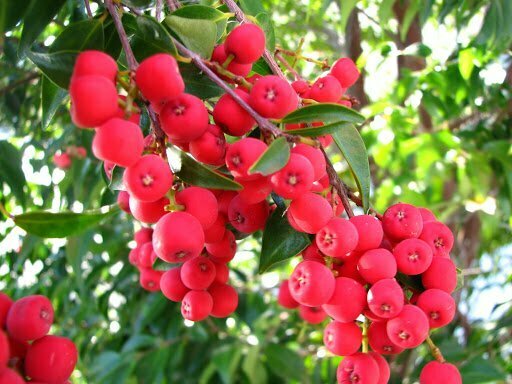
Though riberries could theoretically be cultivated in parts of South America, Southeast Asia, or subtropical Africa, several barriers exist:
- Endemic Status: The tree is endemic to Australia and protected under biodiversity conservation laws.
- Climate Requirements: Limited areas outside Australia have the right combination of rainfall, soil, and temperature.
- Lack of Propagation Access: Seeds and saplings are not easily exported due to biosecurity regulations.
- Market Control: Australia has established branding around riberries as part of its “Australian native foods” identity, similar to how kiwifruit is associated with New Zealand.
The Future of Riberry Production
With interest in functional foods, native ingredients, and ethical sourcing on the rise, riberry is poised for substantial growth.
Industry Predictions:
- Annual production could double by 2030 with new orchard developments
- Increased presence in functional beverages and health snacks
- Entry into cosmetics and skincare markets as a natural antioxidant source
- Wider adoption in fine dining and mixology
Australia is likely to remain the world’s exclusive supplier for the foreseeable future, with Indigenous communities playing a leading role in the industry’s evolution.
Conclusion: Australia’s Exclusive Native Treasure
To sum up, the riberry — with its tangy flavor, brilliant color, and nutritional benefits — is a truly unique Australian fruit. With 100% of the world’s commercial riberry production, Australia holds an unchallenged lead in the global market.
This native superfruit is more than just a tasty ingredient; it’s a symbol of Australia’s rich biodiversity, Indigenous knowledge, and innovation in sustainable agriculture.
As the global appetite for exotic, health-boosting foods grows, riberry is ready to make its mark — with Australia leading the way, one tart berry at a time.


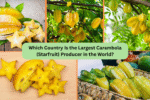

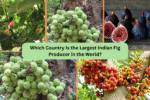
Leave A Comment